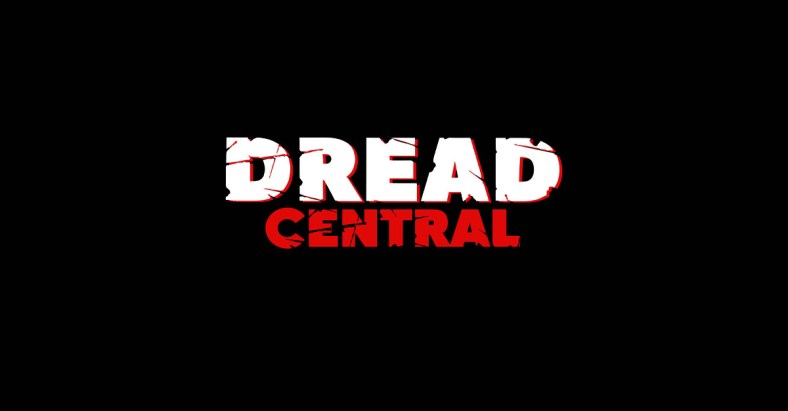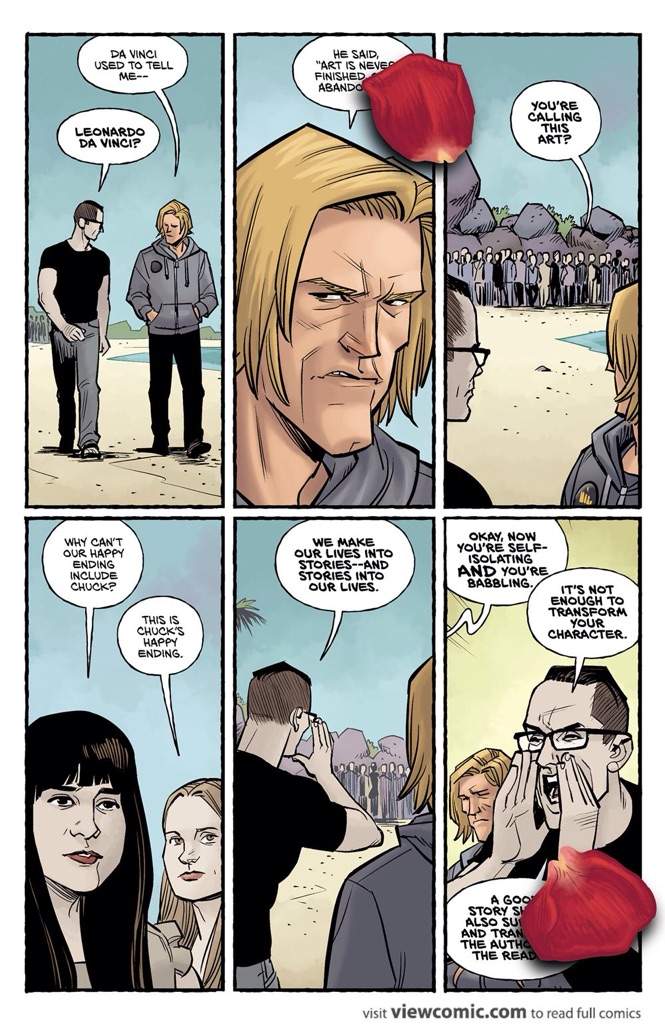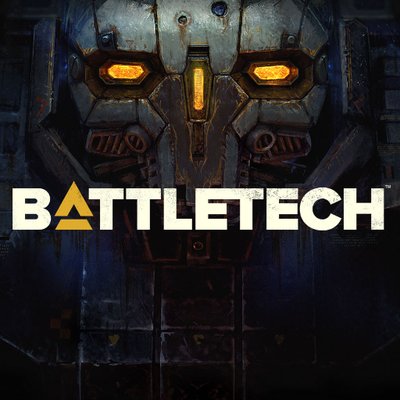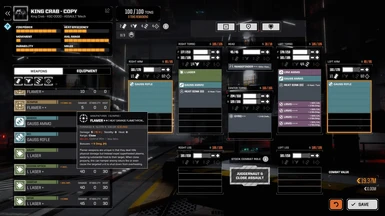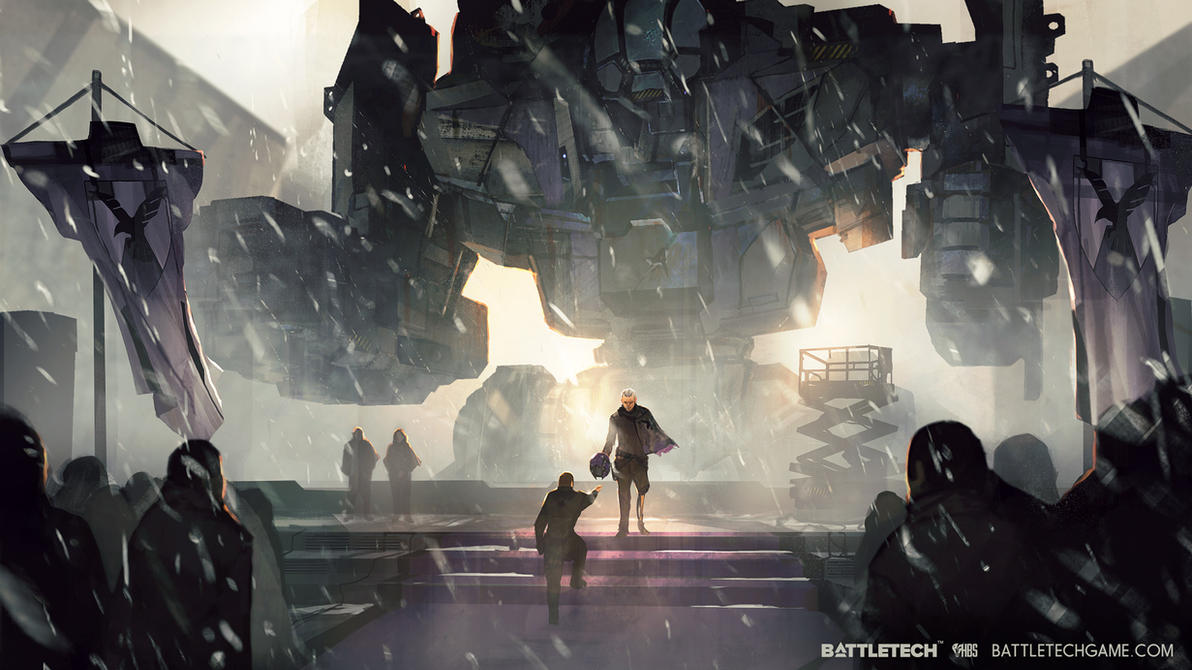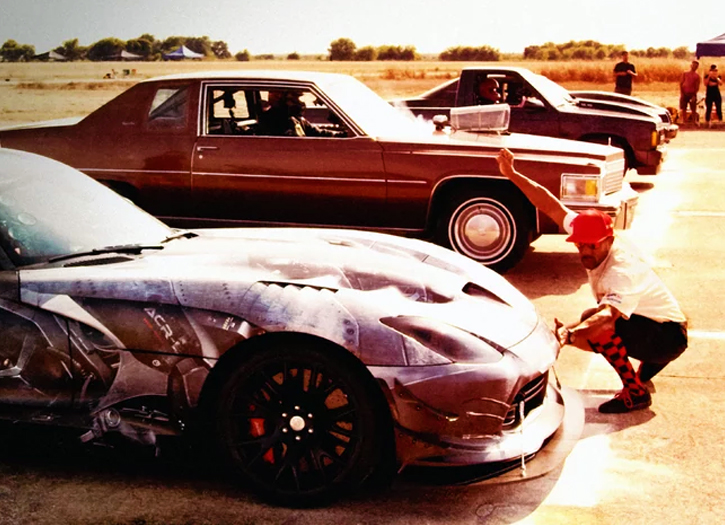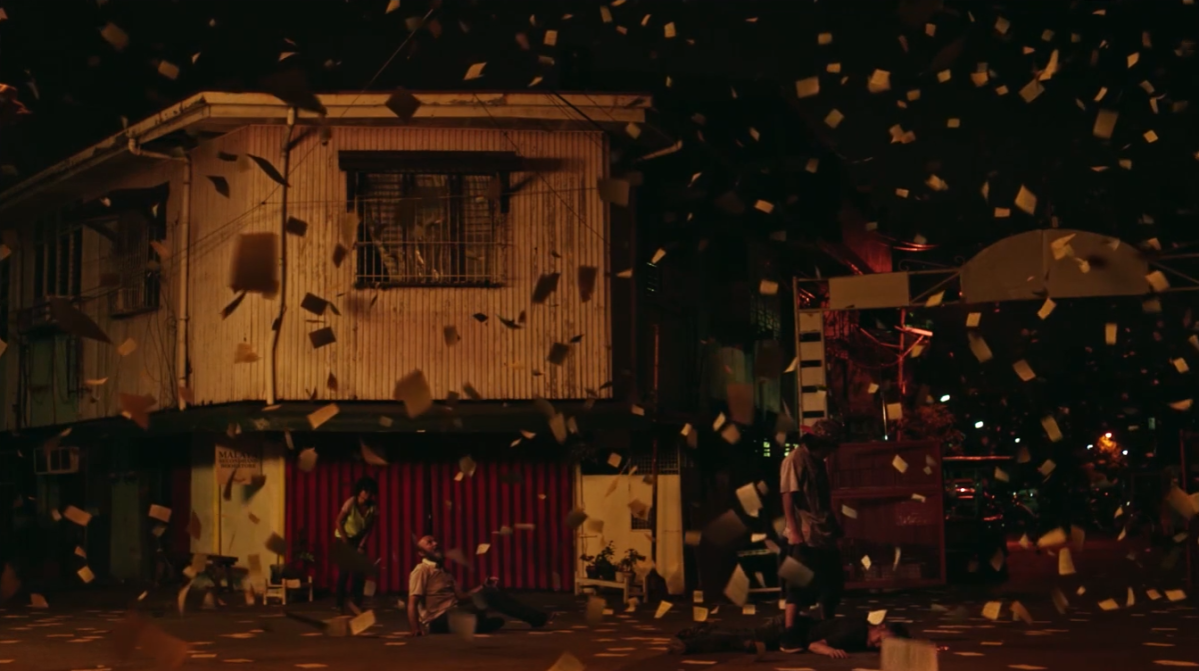The Matrix: Resurrections – Bitter Pills are Good For You

I admit, I was a little late to the viewing party. This new COVID-era streaming releases often leave me, with my other stuff to do, behind. Being late, however, gave me a chance to see how people were responding to the fourth Matrix film. It’s a very polarizing film, apparently. There are reviews that praised its wit and emotional content. There are others which panned the production value and the lackluster action sequences. It was this rather interesting response that finally got me to watch it. What was making this film generate such a widely different set of responses?
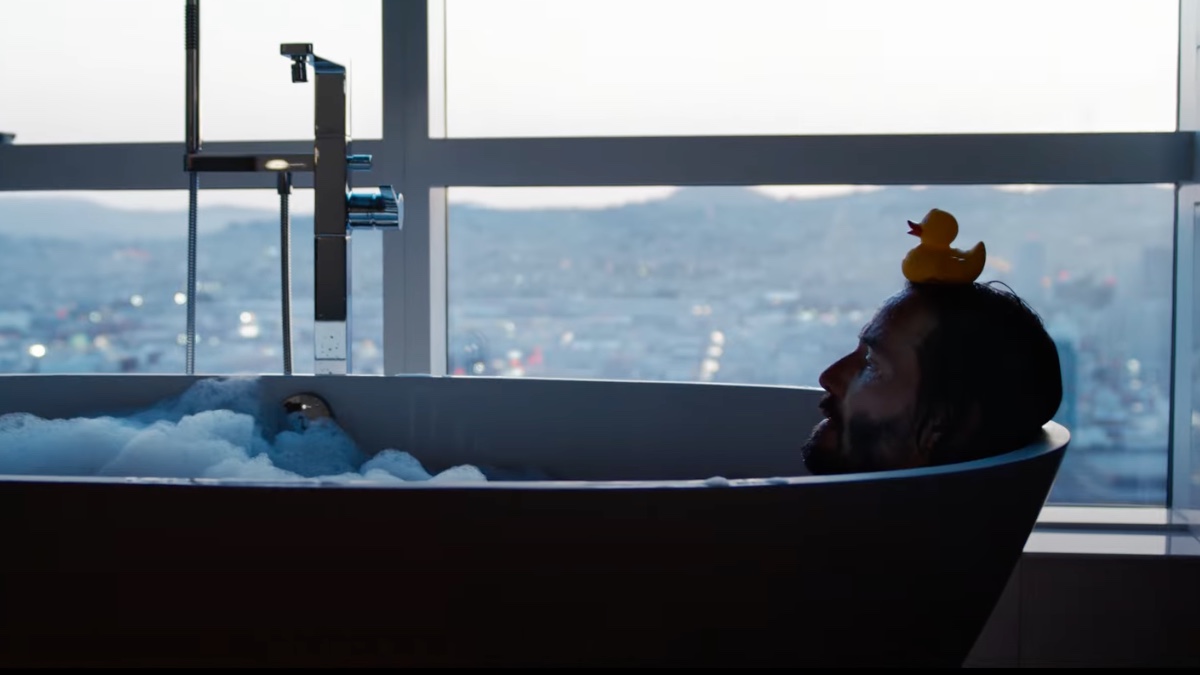
It is, as is with all Wachowski projects, very nicely shot. The cinematography, despite complaints of it looking cheap, is actually very good. There are careful uses of color and perspective that take cues from the earlier films. What the film seems to consciously avoid, however, are the iconic fight scenes that the first three were known for. Where those films were determined to be bigger, louder, and crazier, this one, I think rather purposefully, slows down and seems to do those scenes simply because they were expected. Consider them compliance scenes. There is, of course, CGI. But it isn’t central to the production, instead, it’s a seamless tool, as it ought to be, bridging the real settings with the fantastic ones. The excess of the first three films has become restraint. One gets the sense that Lana Wachowski was making some very conscious choices to avoid some conventions that the first three films established.
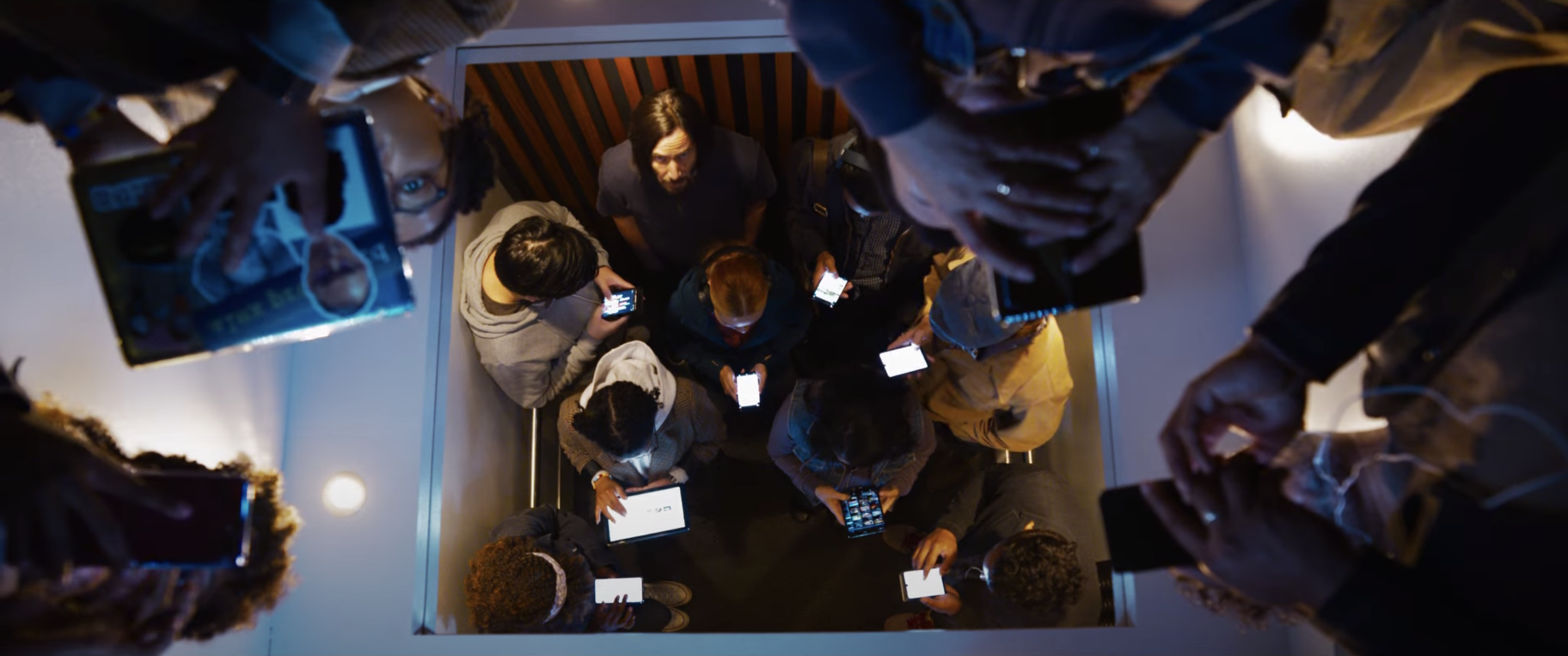
Instead of actually using those conventions, she makes fun of them. By turning the original trilogy into a video game in story, she’s pointing out how those movies have been viewed. In a set of metatextual scenes where Tom (Keanu Reeve’s Neo) is brainstorming about making Matrix 4 with some marketing execs, we get to see those perceptions, and thus, the expectations for the new installment, brought to the fore: “Guns!” “Effing with your brain!” “Bullet Time!” “Ideas are the new sexy!” These lines, repeated several times at several different meetings, kind of show how she thinks of these ideas: they’re boring. They’re also a critique of the first three films which I remember becoming, with each installment, increasingly bloated with guns, “f*ing with your brain” concepts, and bullet time. Matrix Revolutions was so full of all those things that it was a lumbering melodrama that in the end collapsed under its own weight. I don’t think Lana Wachowski wanted to do that again.

And so, instead, we have a slower, smaller, funnier story, very simply of Neo and Trinity getting back together. Carrie Anne Moss and Keanu Reeves still have awesome chemistry, and these versions of them are also clearly weary; they are more world-worn than they were before. Part of that is, of course, simply aging. But there is also the sense that the Matrix is the same. It’s a bit worn and tired, particularly of the same schtick. The more focused story also meant that there really wasn’t time to care about the new characters, such as the “new” Morpheus, played by Yahya Abdul-Mateen II or Jessica Henwick’s Bugs, who had promise, but simply didn’t have any space left in the story to be more than supports for Neo and Trinity.
I have to keep mentioning the director in this film because it very clearly feels like a film made by her to make a statement. The story, the choices made in the filmmaking, the critiques and flashbacks, all these seem to fit a statement, which, I think, simply is that she is done with the Matrix. It feels like a last issue of a comic author’s run, closing things out and tying up ends. Whether the franchise continues is, of course, an unanswered question. But this feels like an ending and, as endings go, it’s not bad.





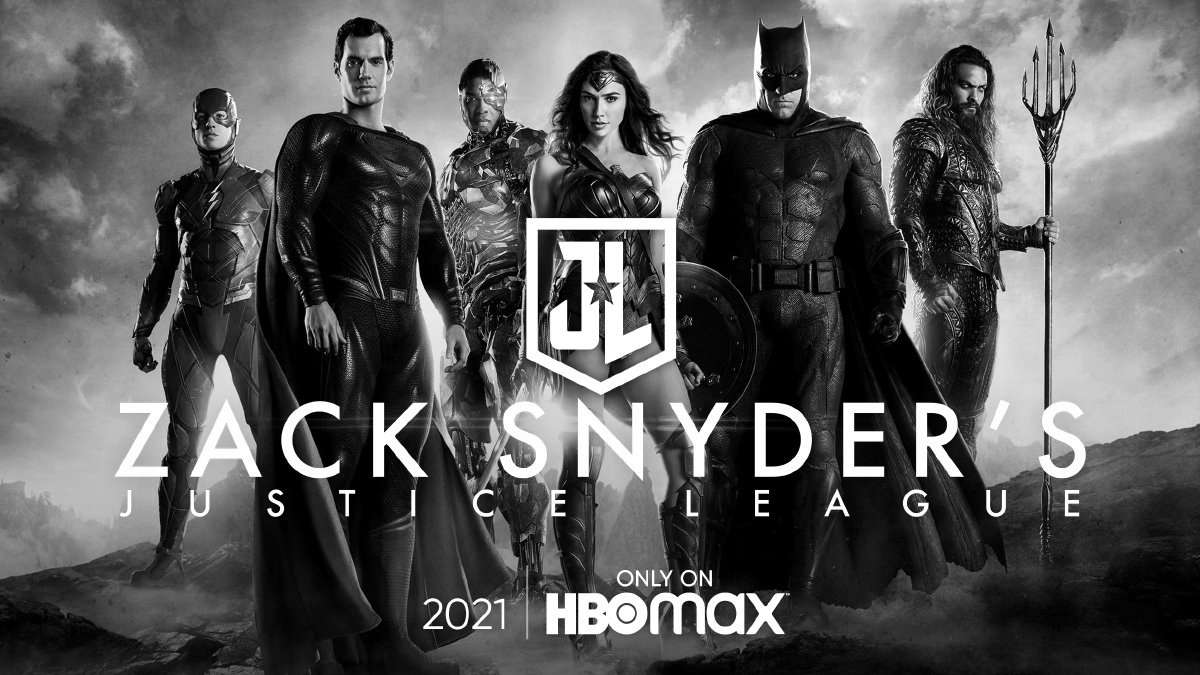
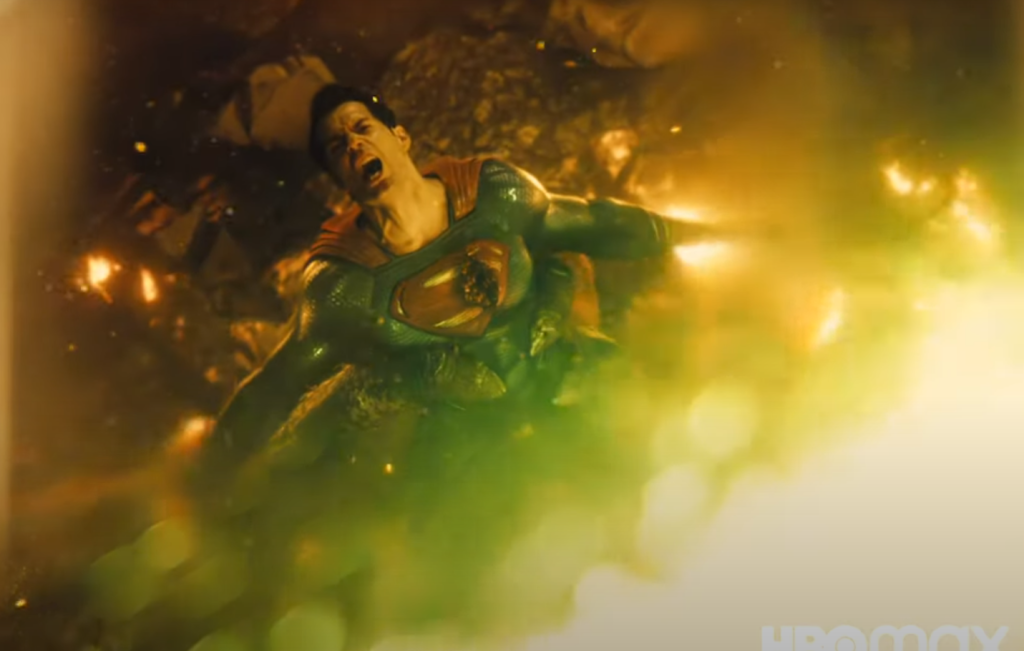
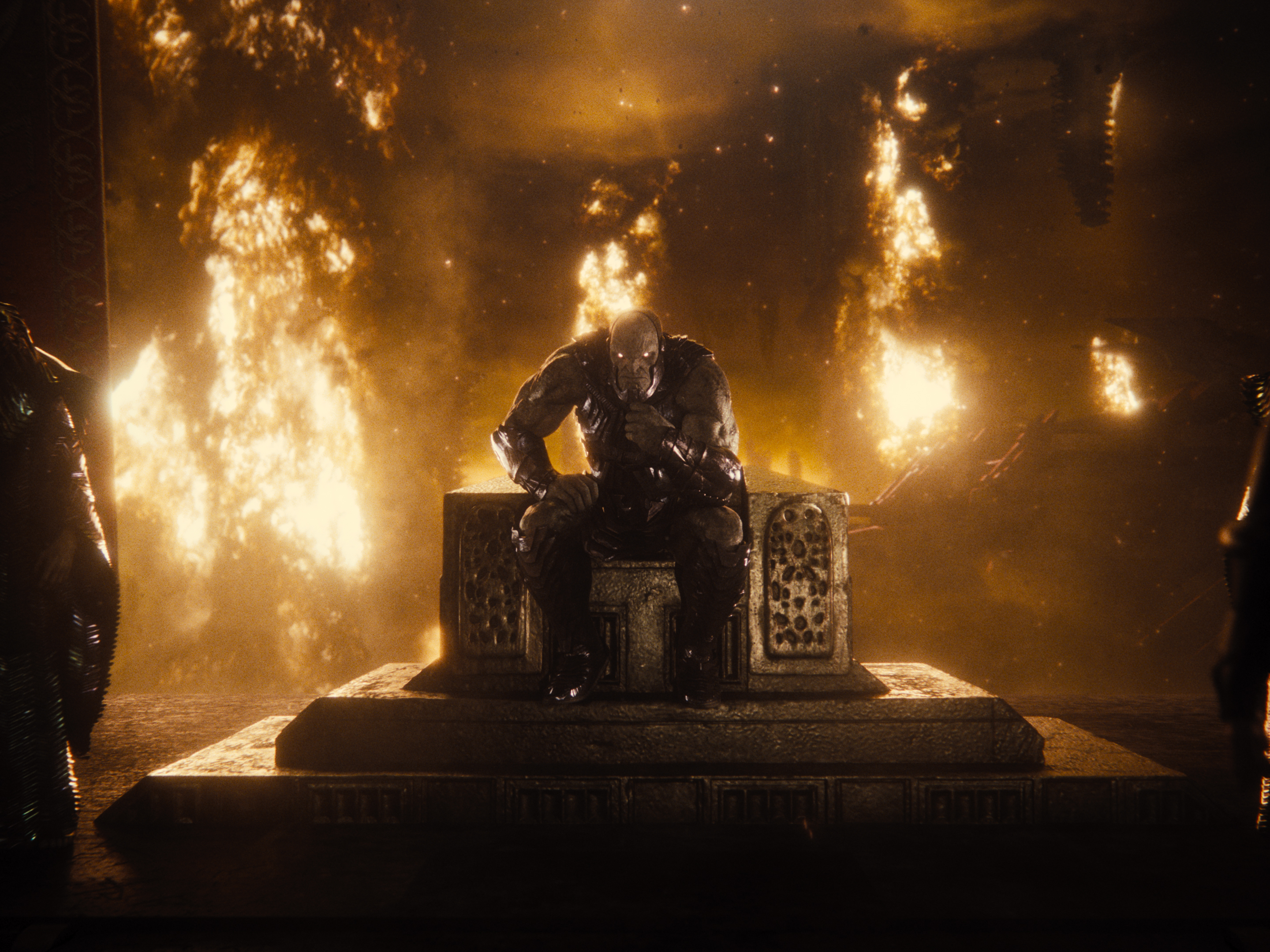

/cdn.vox-cdn.com/uploads/chorus_image/image/68910975/PRA101_63_003_00.0101.0.jpg)
